Renewing Modernism: Emerging Principles for Practice Symposium
APT Conference, Kansas City, MO
November 5, 2015
During APT’s 2015 annual conference, leading modern-era building practitioners and technical experts convened to discuss evaluation, functional adaptation, performance optimization strategies for buildings of varying character, merit and integrity, as a point of departure for consensus “Principles for Practice” to be refined and adopted by APT and affiliated technical organizations. The goal of this effort is to improve the ability of professionals to respond effectively and consistently to a world facing a need for aggressive yet sensitive rehabilitation solutions in a global environment of climate change and economic austerity.
| Keynote Introduction |
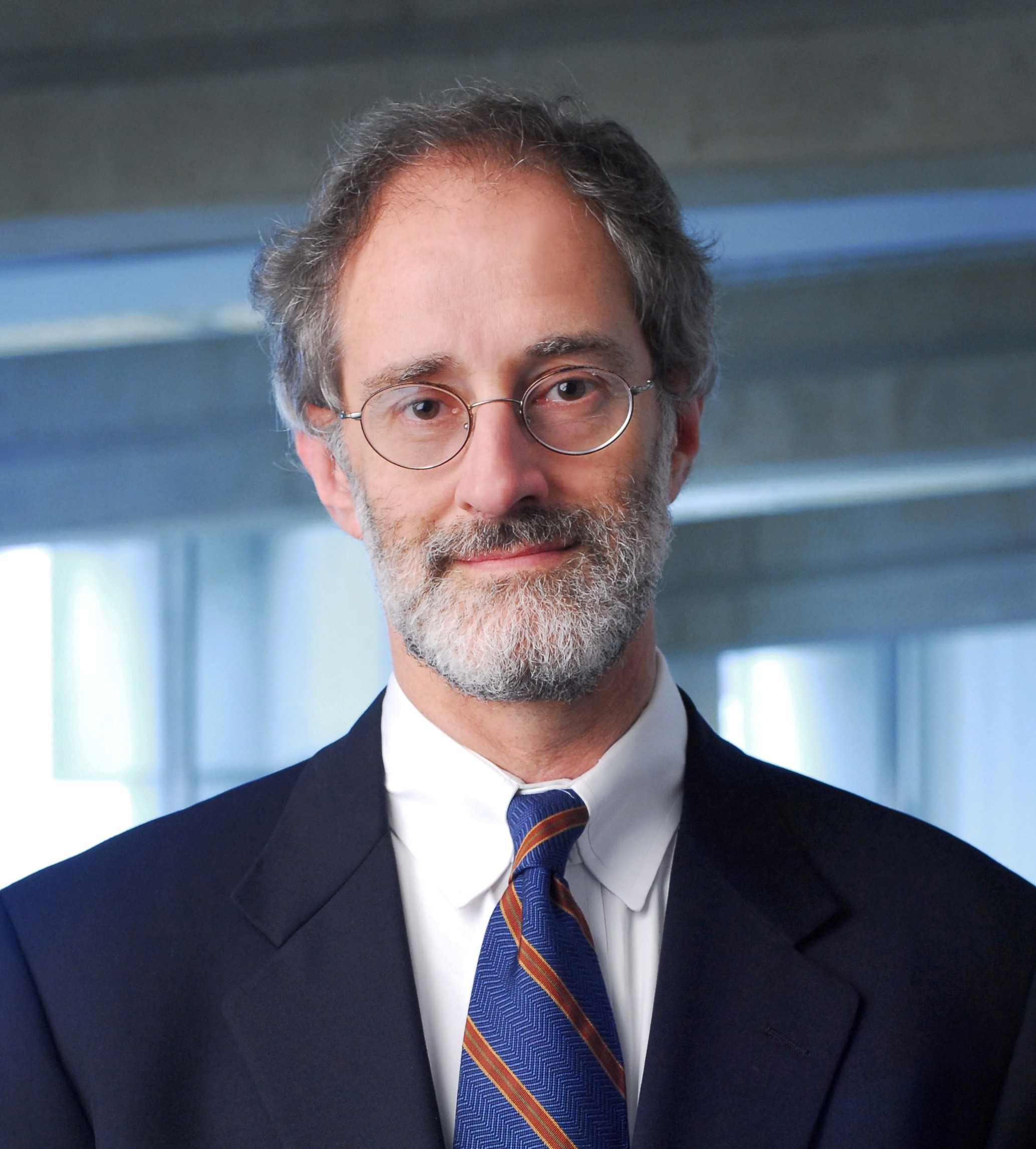 |
David Fixler, FAIA, LEED AP
In more than 25 years since the global design and preservation community became aware of the unprecedented and pressing issues raised by the vast corpus of modernism, much has been accomplished in more fully understanding the nature and importance of late twentieth- and early twenty-first-century built resources. This symposium brings together an international cadre of experts to address, in part, the gap in coverage for the evaluation and treatment of what may be labeled “ordinary, everyday modernism,” those second- and third-tier resources that constitute a sizable component of the contemporary built environment.
|
|
Keynote
Sustainable Renewal of Everyday Modern: Principles and Practice
|
 |
Prof. Wessel de Jonge, MSc
Listed or not, many modern era buildings deserve our appreciation for their architectural merit, the social developments they represent or the innovative technologies applied in their making. Early preservation projects in the 1980-1990s mostly concerned noted works of the Modern Movement. Adaptive use rehabilitations of the Zonnestraal Sanatorium and the Van Nelle Factory in the Netherlands provided valuable information about modern era materials and technologies to assist us in our efforts to preserve the everyday modern.
|
|
Evaluating Modern Federal Buildings: Trends & Implications
|
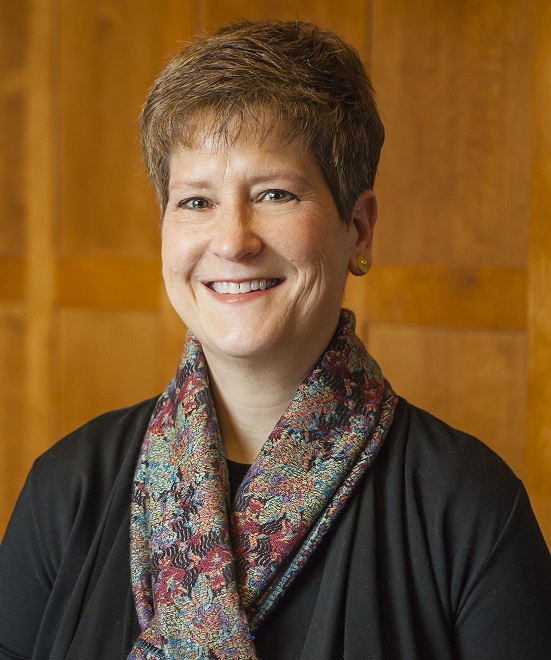 |
Beth L. Savage, Director, GSA Center for Historic Buildings
State and local trends toward widening the National Register eligibility net to encompass virtually all modern era federal office buildings have significant implications as agencies constrained by cost containment and “reduce the footprint” space directives weigh the merits of reinvesting in newer versus older historic buildings for retention and reuse.
|
|
Modernism on Main Street
|
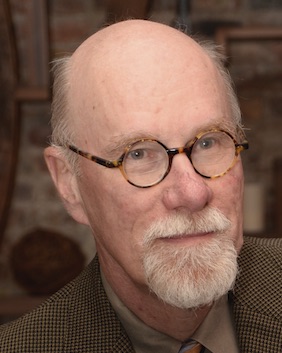 |
Mike Jackson, FAIA, FAPT
The commercial streetscape of Main Street was fertile ground for the modern design revolution of the mid 20th century, when companies developed new products designed to make facade transformations easy to do with minimal structural impact. When buildings change every twenty-five years, which era is “significant?”
|
|
Towers – A comparison in Evaluation, Context and Conservation
|
 |
Michael McClelland, Principal ERA Architects
This presentation examines two very different conservation projects to illustrate the range and complexity of resource evaluations for the architecture of the recent past and the practical application of conservation principles based on those evaluations.
|
|
Challenges of Modern Materials: Assessment and Repair
|
 |
Deborah Slaton, Principal, Wiss, Janney, Elstner Associates, Inc.
Project examples illustrating a range modern of material characteristics inform the development of guidelines for the assessment and treatment of modern materials to evaluate whether these materials can be repaired, restored, and conserved, or whether they need to be replaced.
|
|
How I Learned to Stop Worrying and Love the Thermal Bridge
|
 |
Bernard Flaman
This presentation examines three modern conservation examples to review the various metrics that drive these projects from thermal performance to conservation of heritage value to cost to environmental considerations, a process where fixation on a troublesome thermal bridge can lead to ill-conceived conclusions.
|
|
The March of Isms: Preserving Post Modernism and Its Materiality
|
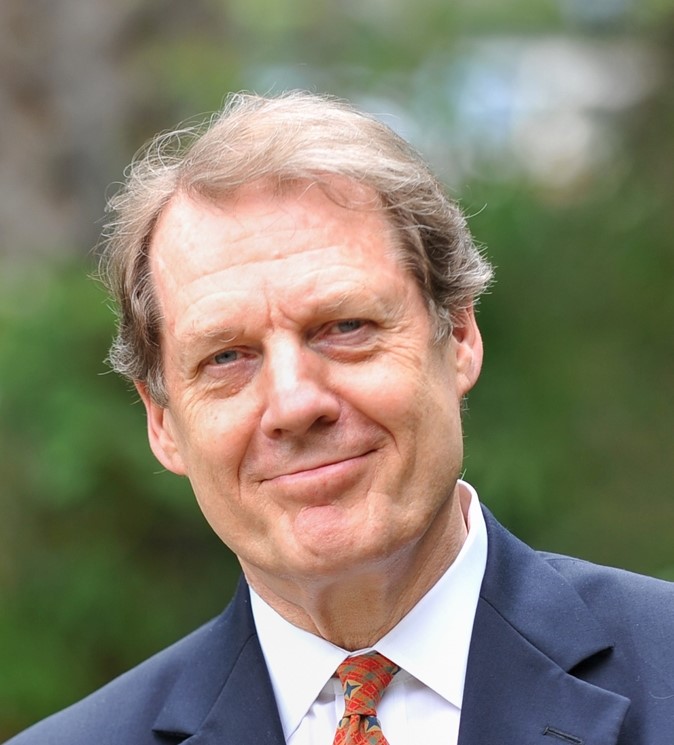 |
Theodore Prudon, FAIA FAPT
Modernism, New Formalism, Brutalism and Post Modernism reflect a gradual change in what permanence means. By looking at current and past examples, we can begin to formulate an approach that often will involve a partial or complete reconstruction or rebuilding as we march towards the next ism: de-constructivism. |
|
Green Skins for Old Bones: Sustainability Considerations for the Facade Retrofit of Early Modernist Curtainwall Buildings
|
 |
Mic Patterson, LEED AP (BD+C)
This presentation explores midcentury curtainwall systems and retrofit practices from the standpoint of energy performance, embodied energy, durability, reuse, recyclability, material utilization, and cost metrics, drawing from a case study database developed and administered by the Façade Tectonics Institute at the University of Southern California School of Architecture as a publicly accessible online resource for practitioners, researchers, and students.
|
|
21st Century Sustainable Performance for Mid-century Modern
|
 |
Carl Elefante, FAIA, LEED AP, Principal, Quinn Evans Architects
This session explores the dimensions of problems that have emerged from mid-century modern-era development, the imperative to transform the built environment moving forward, and the actions with the greatest potential to contribute to a truly sustainable future.
|
|
Holistic Solutions for Sustainable Re-Use: a UK Perspective
|
 |
Geoff Rich, RIBA-SCA AABC
In the UK’s wet maritime climate, the practice traditionally focused on repair of heavy weight, thermally massive buildings made of porous natural materials is shifting to address modern buildings with lighter weight construction and replaceable fabric technologies. This presentation examines case studies illustrating the FCB Studio’s problem-solving approach to the responsible management of energy leading to published guidance in an Environmental Handbook.
|
|
21st Century Sustainable Performance for Mid-century Modern
|
 |
Z. Smith, AIA, LEED AP BD+C, Principal, Eskew+Dumez+Ripple
Despite extensive glazing, limited insulation, and relatively primitive mechanical systems, renewed mid-century modern buildings can be great performers. This session provides an overview of tools for assessing and optimizing the environmental performance of renewed mid-century modern buildings, with illustrations from case studies.
|
|
Architectural Programming in a Historic Context
|
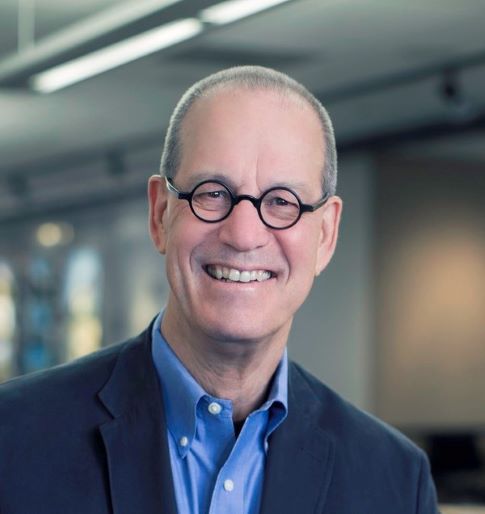 |
Jack Pyburn, FAIA, Principal, Lord Aeck Sargent, Inc, Atlanta, GA
This presentation explores the modern history and application of architectural programming principles, with alternative strategies to align contemporary reuse desires with the preservation of historically significant characteristics of a building for a unique design outcome that enriches occupant productivity.
|
|
Concluding Remarks
|
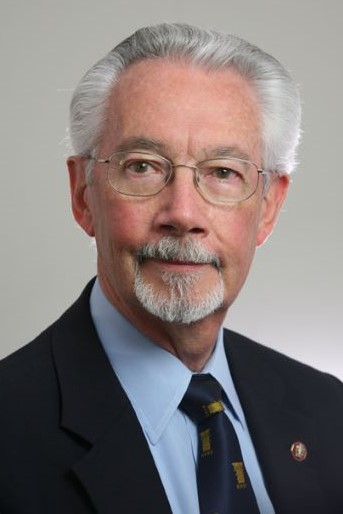 |
David Woodcock, FAIA, FSA, FAPT
Any principles proposed for Renewing Modernism must pay less attention to issue of ‘style,’ and focus instead on the issues that have always been associated with good architecture: the Vitruvian values of Commodity (function, economy, security, efficiency, social appropriateness); Firmness (structure, environment, operation, resilient); and Delight (curb appeal, supportive of human well-being, and adding value to the lives of users and occupants.) We must approach the development of ‘enlightened guidelines’ for the Renewal of Modernism with a clear understanding that we live in a dramatically changing world in which our unique knowledge and perspective as preservationists is more critical than ever.
|
| |
|
|














